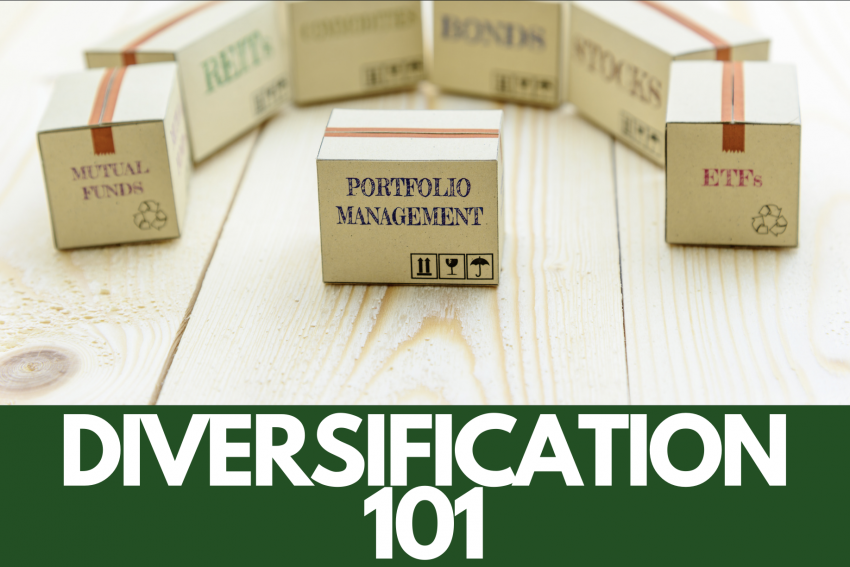Diversification is a cornerstone principle of sound investing, yet many investors overlook its importance or fail to fully understand its potential benefits. In this comprehensive guide, we’ll dive into the art of diversification, exploring its significance, strategies for implementation, and the key role it plays in building a resilient investment portfolio.
Understanding Diversification
At its core, diversification involves spreading investment capital across a variety of assets to reduce risk exposure. The rationale behind diversification is simple: by allocating funds across different asset classes, industries, geographic regions, and investment vehicles, investors can minimize the impact of adverse events affecting any single investment. This spreading of risk helps to smooth out fluctuations in portfolio value over time, potentially enhancing long-term returns while mitigating downside risk.
The Significance of Diversification
Diversification is often referred to as the only free lunch in investing, since it allows you the ability to achieve a more favorable risk-return profile, without necessarily sacrificing potential returns. By avoiding over concentration in a single asset or sector, investors can protect themselves from the negative consequences of such events, including economic downturns, industry-related setbacks, or geopolitical instability.
Strategies for Diversification
- Asset Allocation: One of the primary methods of diversification is asset allocation, which involves dividing investment capital among different asset classes, such as stocks, bonds, real estate, and cash equivalents. The optimal asset allocation will depend on factors such as your specific investment goals, risk tolerance, and time horizon.
- Geographic Diversification: Investing in assets across various geographic regions can reduce exposure to country-specific risks, including political instability, regulatory changes, or currency fluctuations. Global diversification allows you to potentially tap into a broader range of growth opportunities, while additionally spreading your risk across different economies.
- Sector Diversification: Within equity investments, diversifying across different industry sectors can help mitigate the impact of sector-specific risks. For example, while technology stocks may offer high growth potential, they may also be more susceptible to market volatility. By diversifying across sectors including ones like healthcare, consumer staples, and industrials, you can balance risk exposure, and potentially enhance your portfolio stability.
- Investment Vehicle Diversification: Beyond traditional stocks and bonds, you can diversify your portfolio(s) by incorporating alternative investment vehicles, such as exchange-traded funds (ETFs), mutual funds, real estate investment trusts (REITs), and commodities. Each investment vehicle offers unique risk-return characteristics, providing additional avenues for diversification.
Monitoring and Rebalancing
While diversification is a powerful risk management tool, it requires ongoing monitoring and periodic rebalancing to maintain an optimal portfolio allocation. Factors including broad market fluctuations, changes in economic conditions, and shifts in investor preferences can cause portfolio weights to deviate from their target allocations over time.
By reassessing your portfolio holdings and adjusting the target asset allocation as needed, you can help ensure that the portfolio remains aligned with your specific investment goals, risk tolerance, & objectives.
Conclusion
In conclusion, mastering the art of diversification is essential if you are seeking to build a resilient and robust investment portfolio(s). By spreading risk across different asset classes, geographic regions, sectors, and investment vehicles, you can enhance the stability of your portfolio(s), while mitigating downside risk, and potentially improving long-term returns.
While diversification does not guarantee protection against losses or eliminate of the many different types of investment risks, it remains a cornerstone principle of sound investing, along with a valuable tool for navigating the complexities of the financial markets. By incorporating diversification strategies into your investment approach, you can position yourself for greater financial security and success over the long-term.




